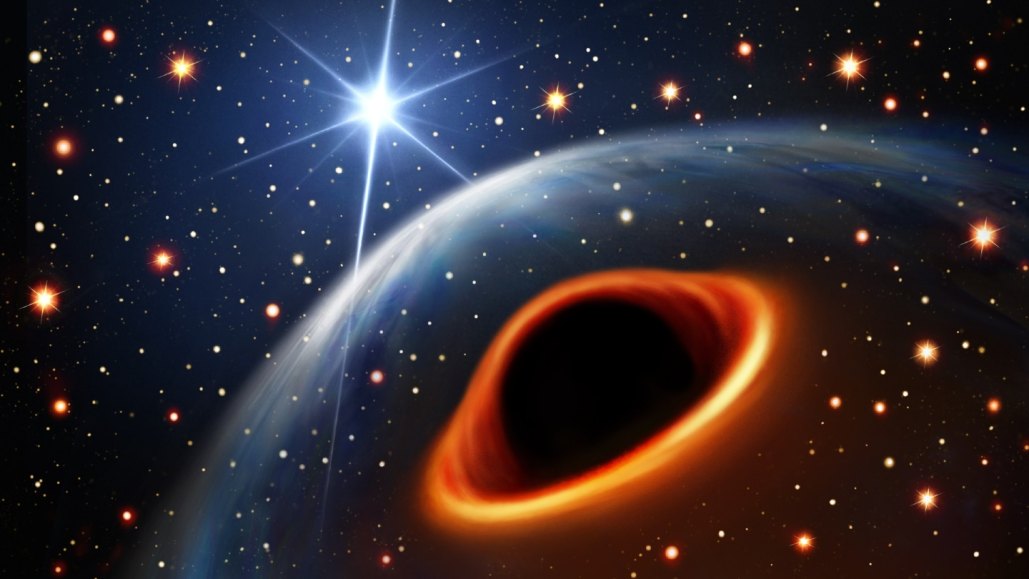Pulsar's enigmatic companion baffles astronomers.

In our galaxy, there is a mysterious entity that orbits a pulsar, which could be a very dense neutron star, one of the tiniest black holes ever identified, or a novel and unseen quasi-stellar object.
The discovery is attributed to the MeerKAT Radio Telescope in South Africa, which diligently observed 13 millisecond pulsars in a thick cluster of stars 40,000 light years away from Earth. These pulsars, a distinct type of neutron star, spin at high speeds, making fractions of a turn per second, as they emit potent beams of radiation, similar to a galactic lighthouse.
The beams of some pulsars flicker past Earth with a frequency that is comparable to that of an atomic clock. By searching for minute changes in the beams' arrival on Earth, scientists can postulate the presence of anything influencing the pulsar’s motion.
The pulsations from a specific pulsar, PSR J0514−4002E, suggest that it has an unseen partner weighing between roughly 2.1 and 2.7 times the sun’s mass, according to researchers in the Jan. 19 Science. Ewan Barr of the Max Planck Institute for Radio Astronomy in Bonn, Germany, and his team argue that this weight possibly makes it too dense to be a neutron star. The understanding is that neutron stars turn into black holes when they amass between two to three times the sun's mass. However, because it is unclear exactly where this borderline lies and what happens after the limit is reached, the team cannot confidently declare the nature of this object.
A few entities of a similar kind have been found previously, including one identified by the LIGO and Virgo gravitational wave detectors in 2020. Barr and his team theorise that this new entity originated from the collision of two less dense neutron stars. By examining the pulsar pulsations more meticulously, the researchers hope to ascertain the concealed entity's genuine character and employ it to investigate matter in objects of comparable extremeness.




